This is a great little science experiment that kids will love! When baking soda and vinegar are added, raisins dance around a glass of water.
Dancing Raisins Experiment
What happens when you put a raisin in a glass of water?
It sinks!
Do you think it's possible to make raisins rise to the top and jump around?
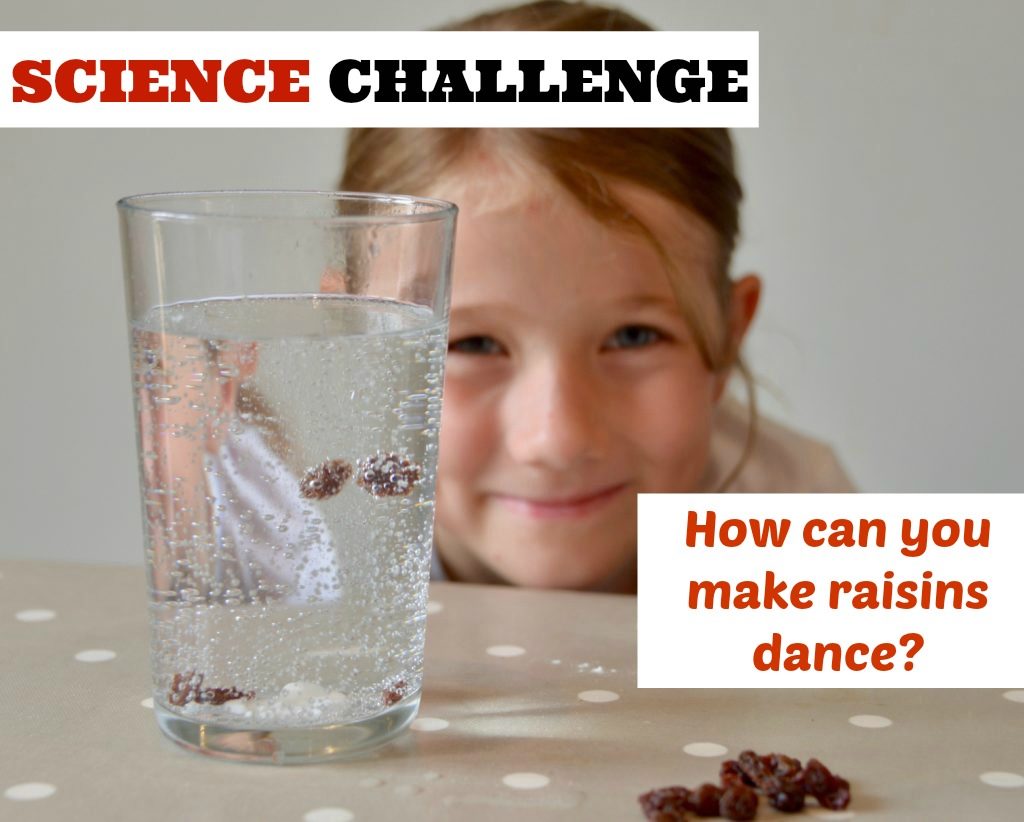
Find out in this simple baking soda science investigation.
What you need:
A pint glass
Warm water
Raisins or anything else you would like to test.
Bicarbonate of Soda (Baking Soda)
White Vinegar
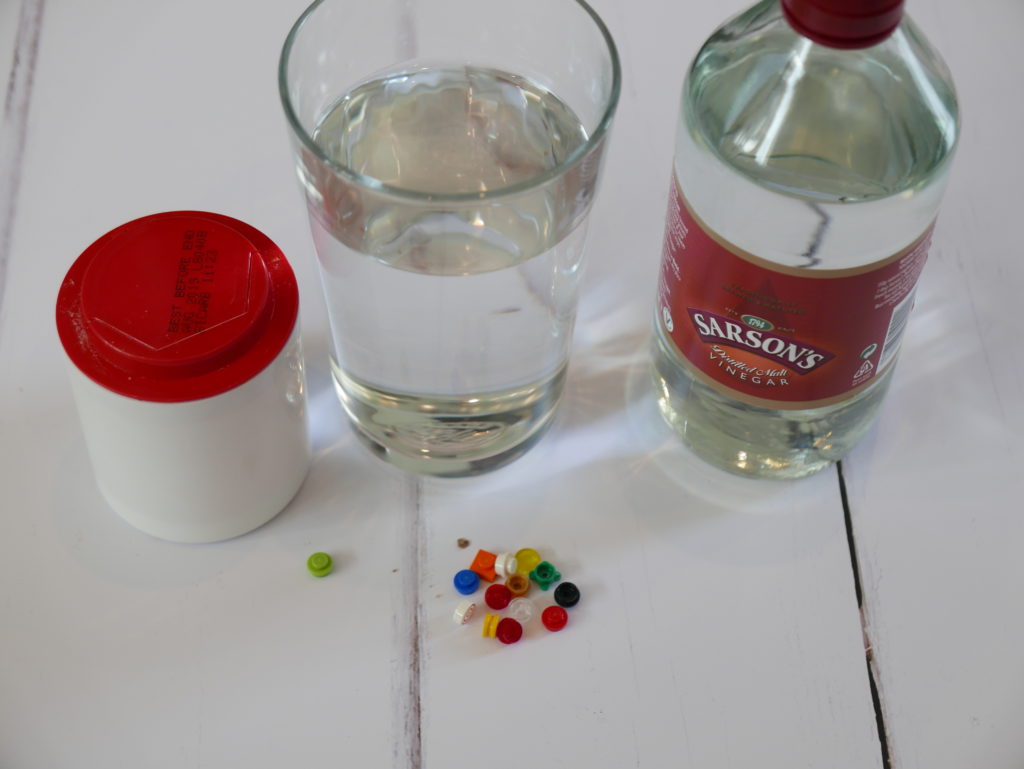
Instructions
Fill the glass half full with warm water.
Add two heaped teaspoons of baking soda.
Add a few raisins.
Put the glass in a tray - it might overflow
Add a little white vinegar.
You should see the raisins begin to rise and fall.
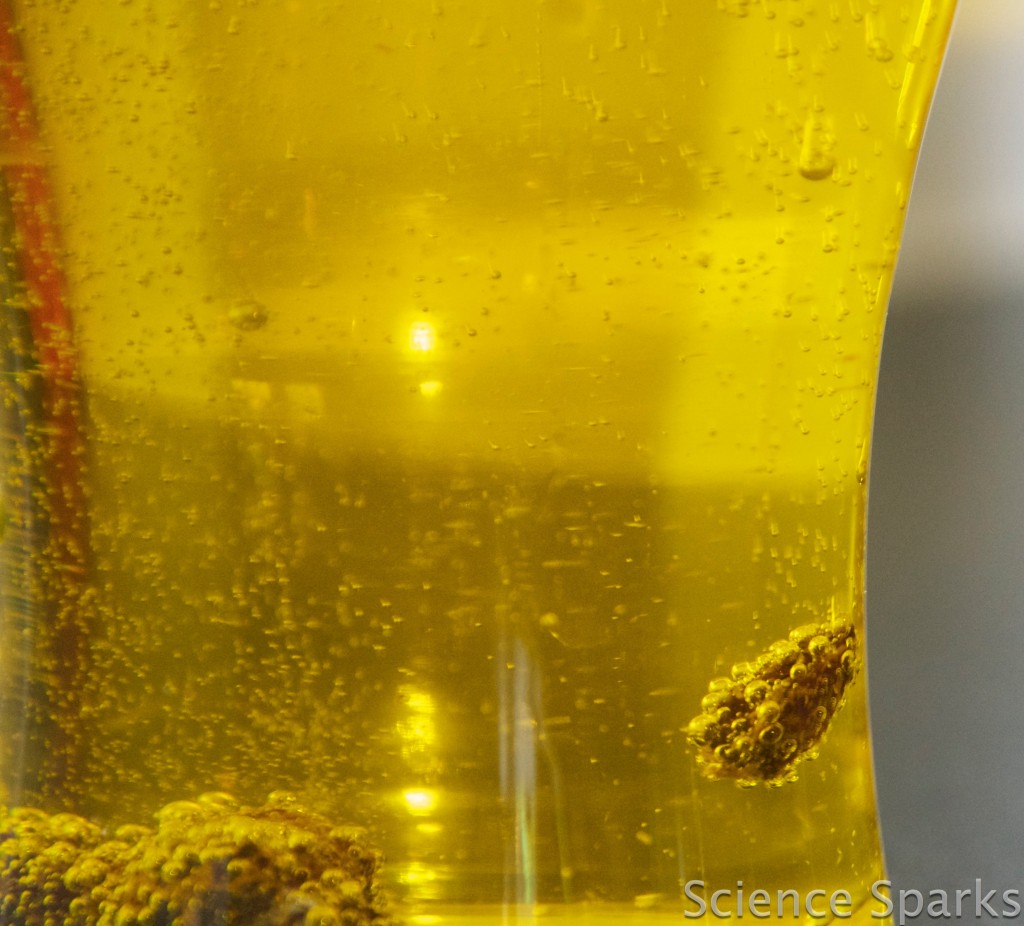
Why do the raisins dance?
The vinegar and bicarbonate of soda react to form carbon dioxide. The carbon dioxide bubbles collect over the surface of the raisins. As carbon dioxide is lighter than water, it rises to the top and takes the raisins with it. As the bubbles pop at the surface the raisins drop again, only to be covered in bubbles again at the bottom until the reaction finishes.
More Investigation Ideas
Try to find the smallest amount of baking soda and vinegar that allows the raisins to dance. Try with just one raisin and then investigate to discover if you need more to make two raisins dance.
Can you think of anything else this would work with? You could investigate using other dried fruits and record how well each dances.
We tried with small LEGO pieces and found that they sank when they filled with water and once the reaction started they jumped to the top, but didn't dance around.
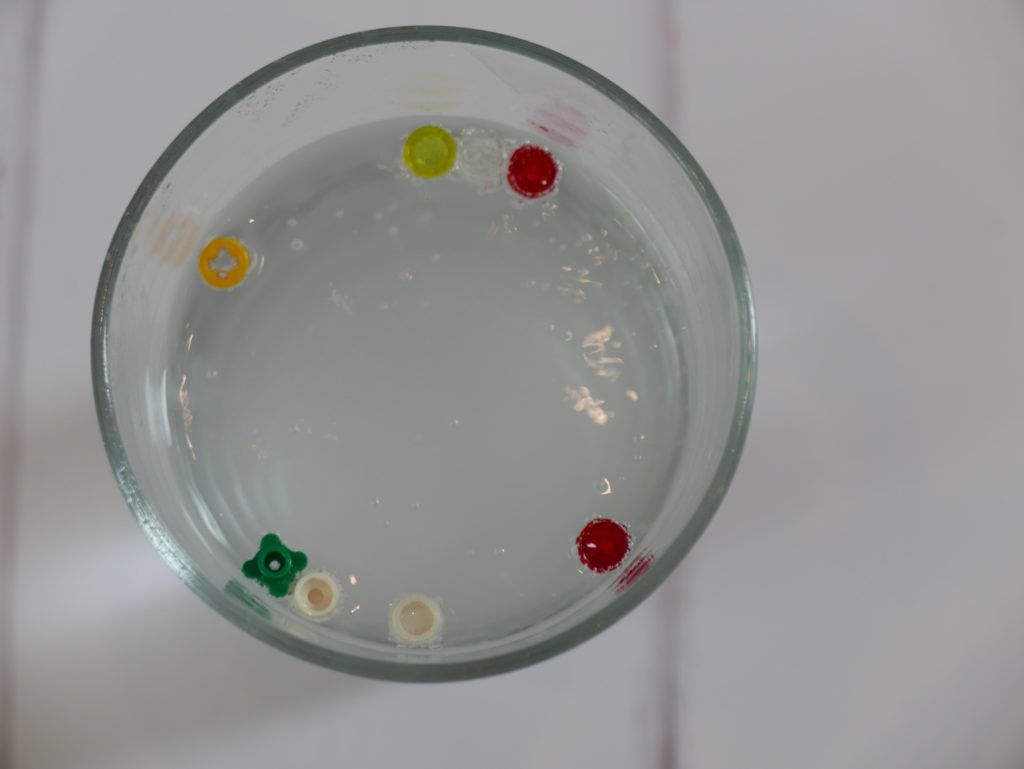
We then tried with small coins, but these didn't move at all, you can see how all the bubbles of carbon dioxide have gathered on the surface though.
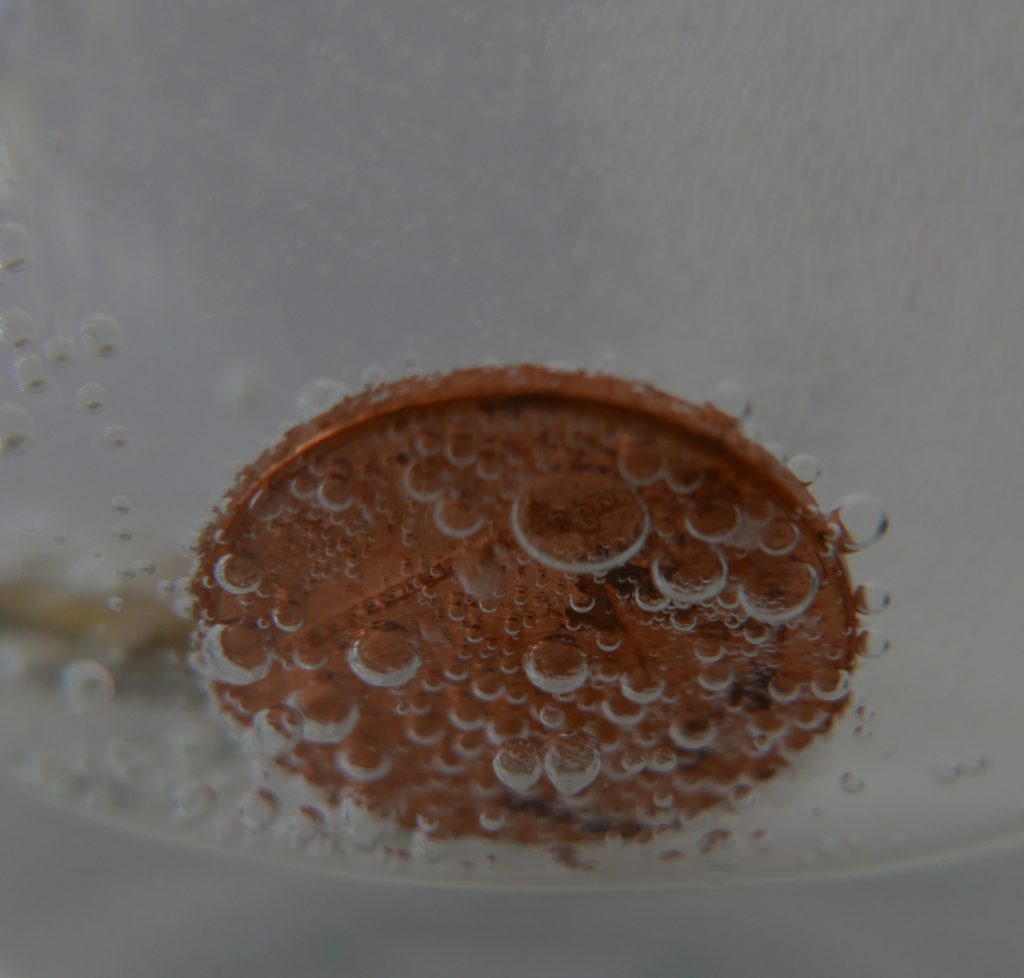
Another idea is to attach something to the raisins and see if they still dance.
Why do baking soda and vinegar react?
If you combine an acid ( vinegar ) and an alkali ( baking soda ) they react together to neutralise each other.
The reaction releases carbon dioxide gas, which is the bubbles you see.
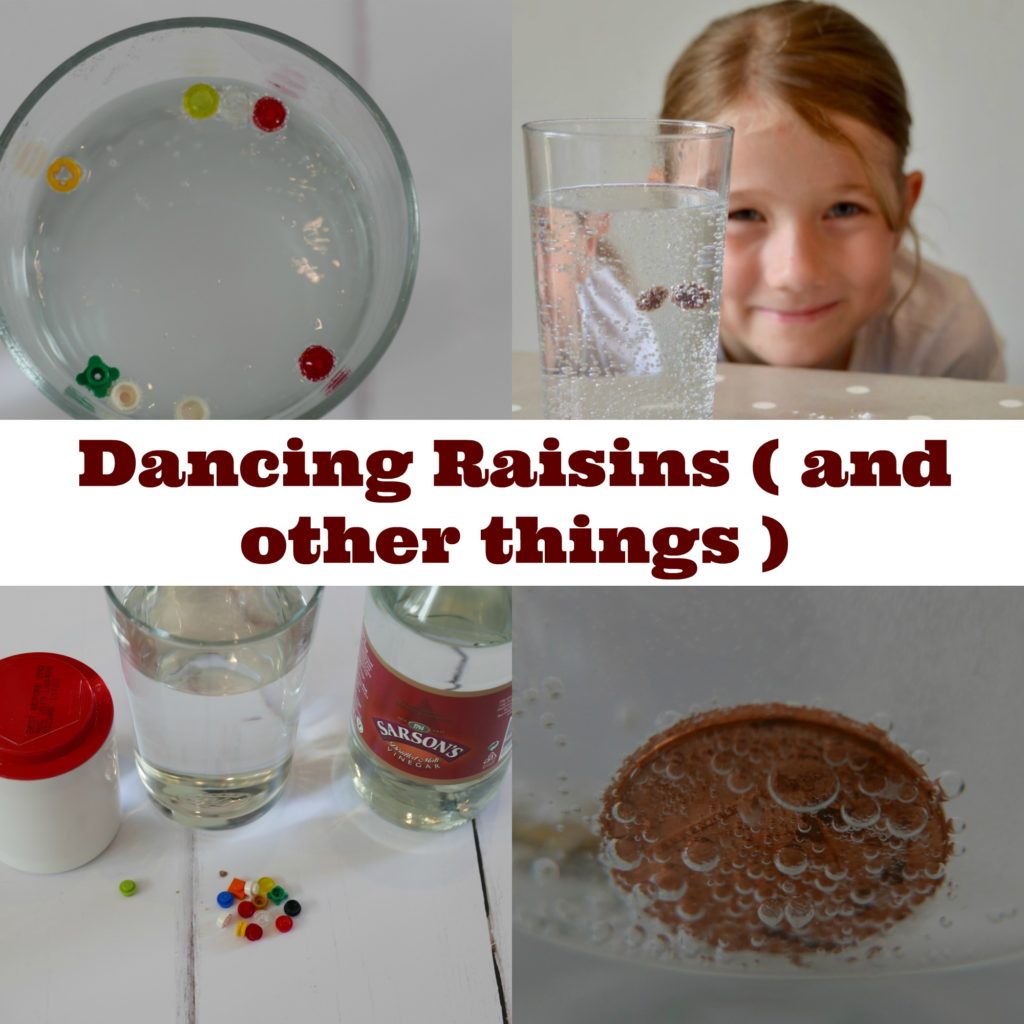
More baking soda experiments for kids
Create a fizzy Monster Tea Party!
Our baking soda powered boat is a fantastic engineering challenge.
Everyone loves a baking soda volcano. We also have a sand volcano, a snow volcano, and a papier-mache volcano.
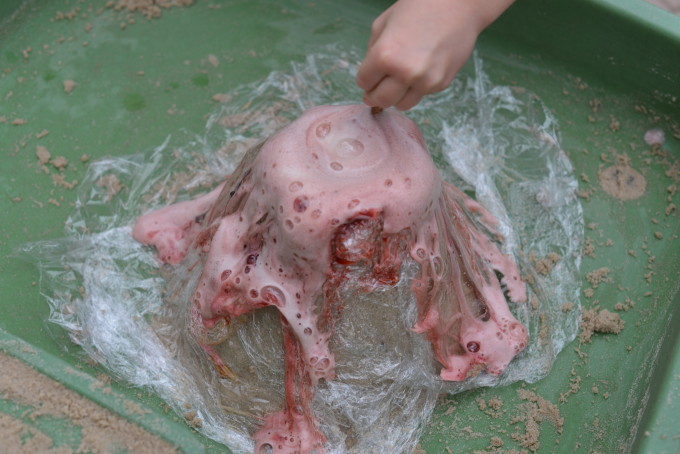
Or try some fizzing rocks with baking soda, what would you hide inside?
Last Updated on June 2, 2025 by Emma Vanstone
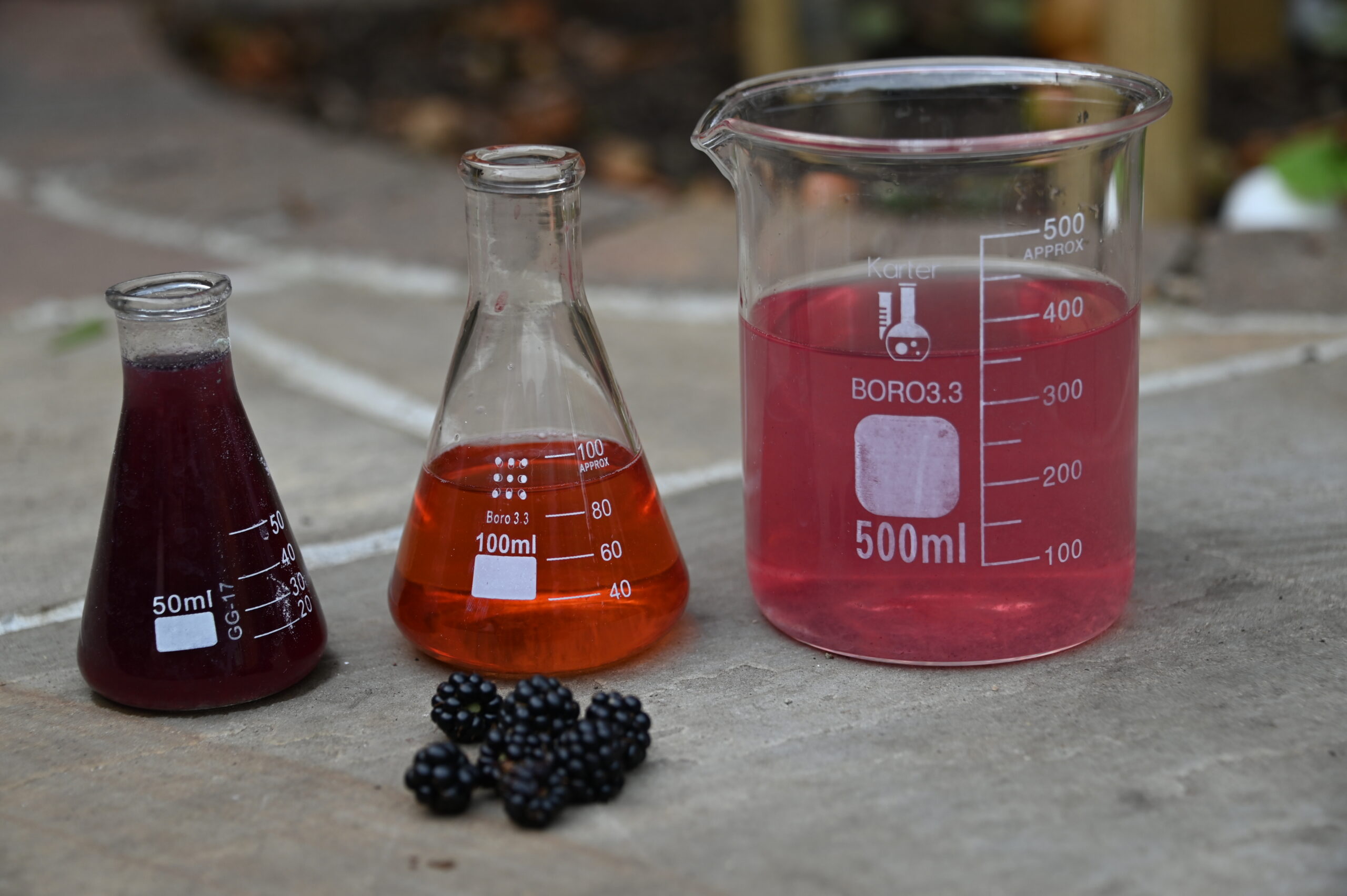
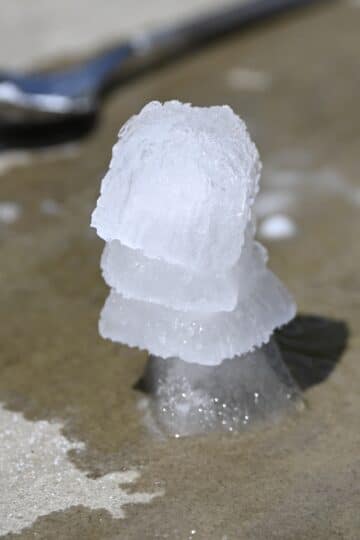
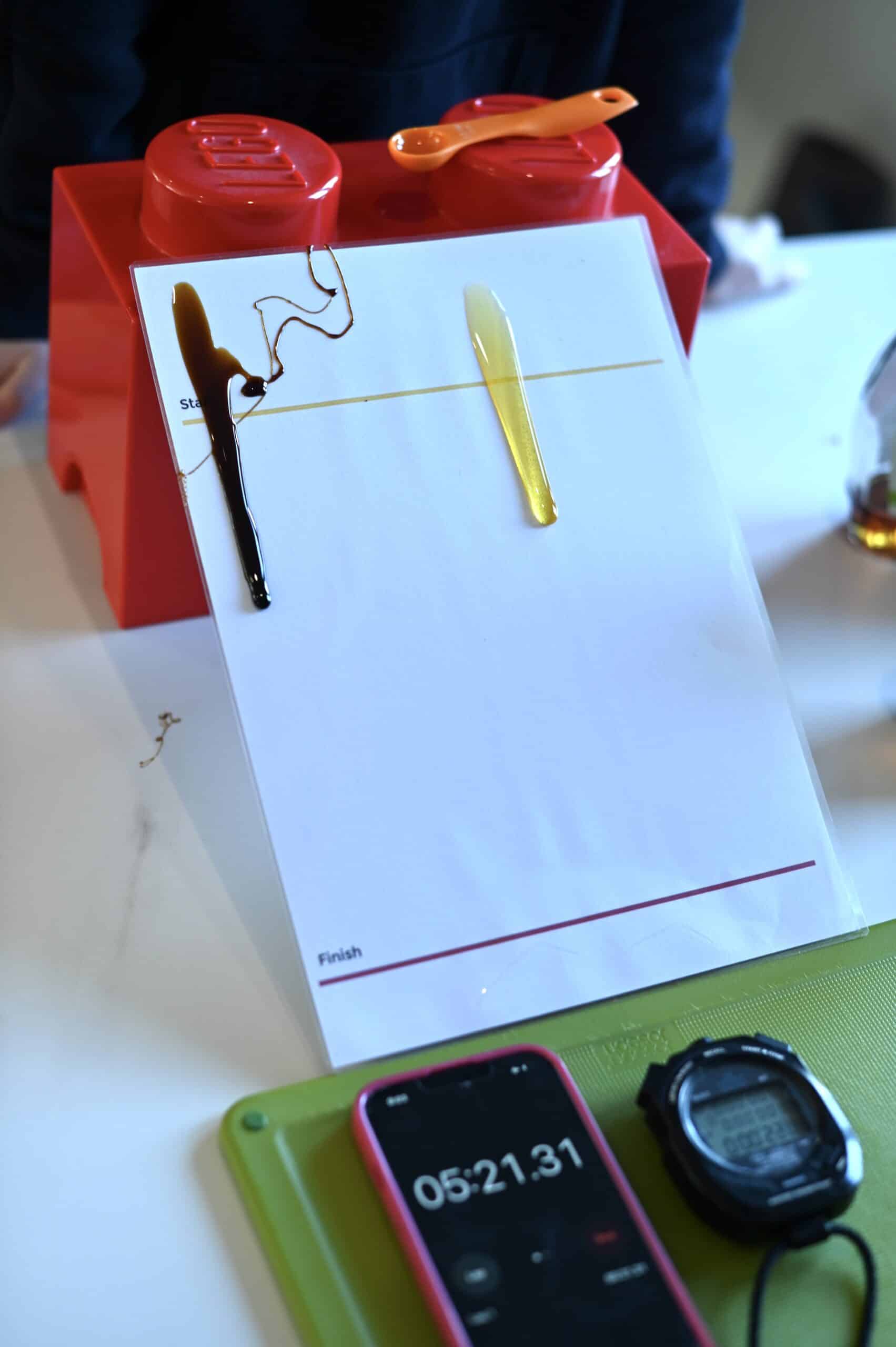
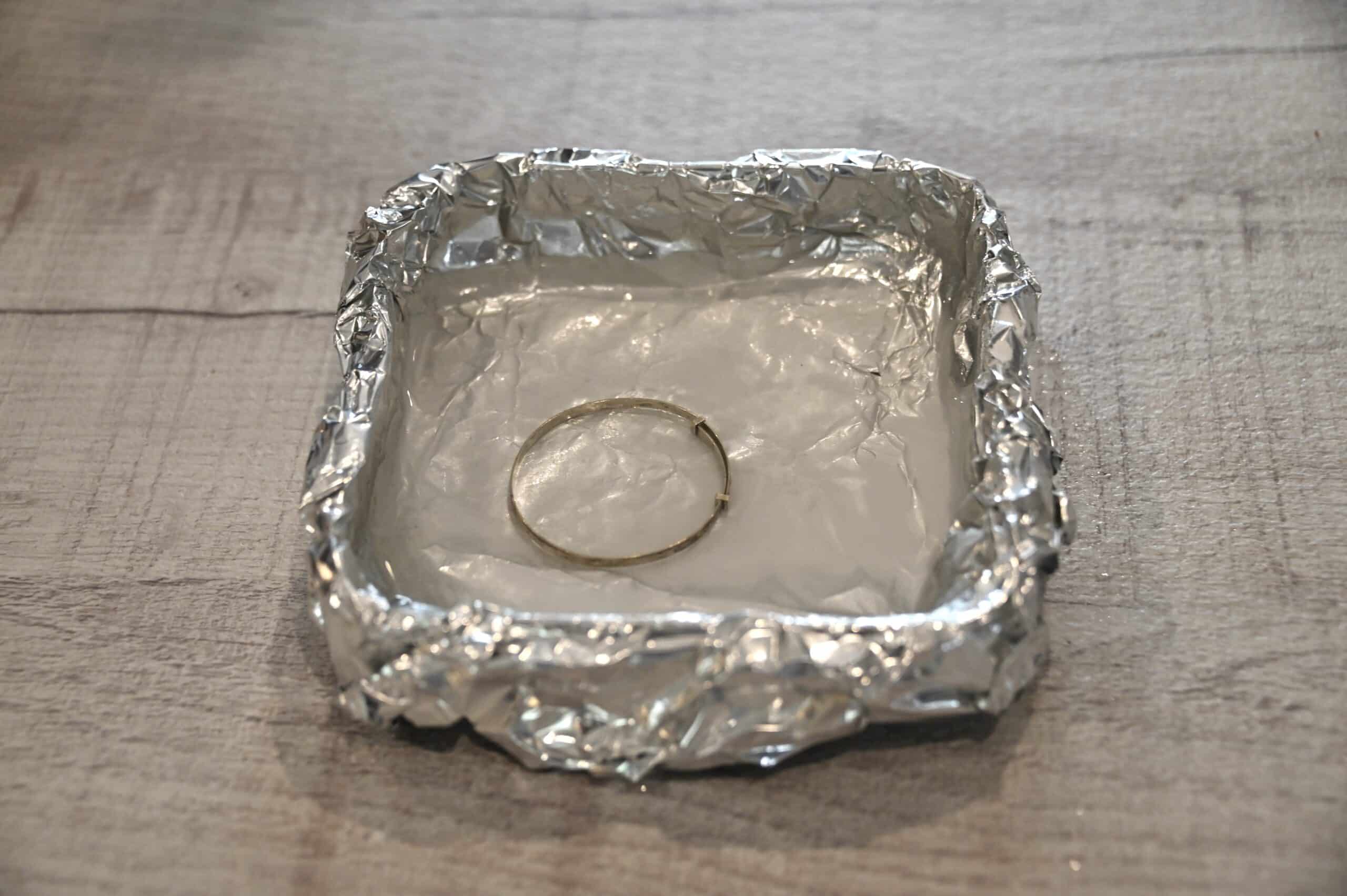
Andrea @ No Doubt Learning says
Such a great experiement! We did this awhile ago on a smaller scale (just using water and letting the raisins sit overnight) and my daughter was amazed that they could float! Just found your site and am off to take a look around! 🙂
ChocOrangeCityMum says
Just tried this with my 5 year old, he loved it, especially the overflow at the beginning. Great fun, thanks!
Chris Cashman says
Did this. Cool!
Corinna says
Thank you so much! This is my first year teaching 7th grade science and this is the perfect lab intro experiment!